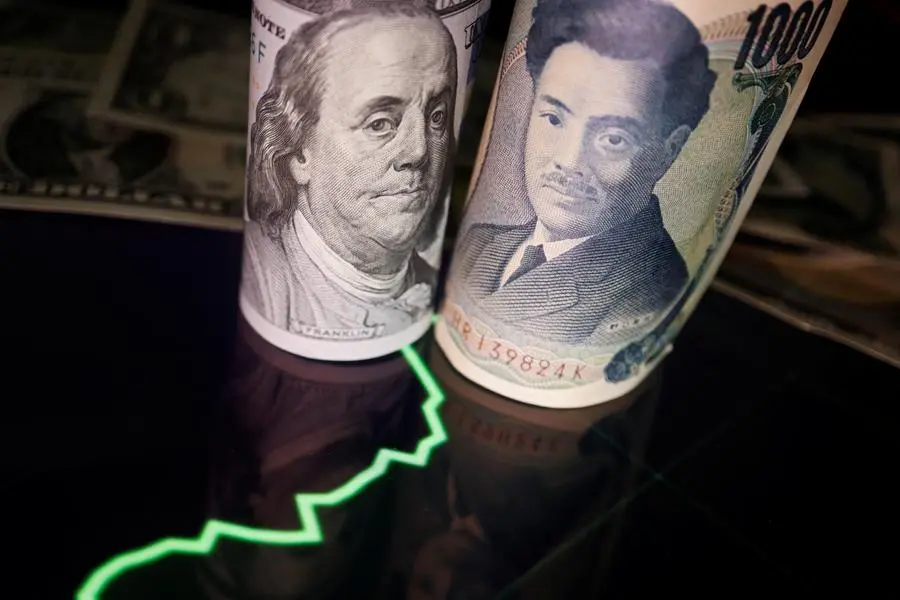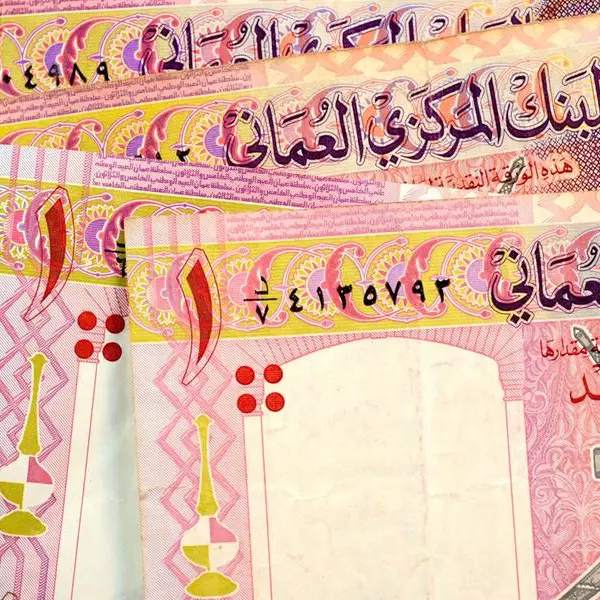PHOTO
SINGAPORE/TOKYO: The dollar rose broadly on Thursday, particularly against the yen, as investors braced for higher U.S. interest rates while expecting anchored Japanese rates to go nowhere anytime soon.
The greenback hit a 24-year high of 139.69 against the yen in early Asia trade, a gain of about 0.5% on the previous day's close.
"The main driver remains rate differentials between Japan and the U.S., and even today's price action just follows the overnight move higher in U.S. rates. And we think the path ahead is going to depend on how U.S. rates behave," said Sosuke Nakamura, a strategist at JPMorgan in Tokyo.
Expectations for a 75-basis-point U.S. rate hike at next month's Federal Reserve meeting are rising on the back of solid economic data, with Fed funds futures last pointing to a 75% chance of such an increase.
"So long as expectations for the peak in the Fed funds rate keep ratcheting higher while the Bank of Japan remains on hold, dollar/yen will be a buy on dips. Anywhere in the low 140s now looks plausible," said Sean Callow, a currency strategist at Westpac in Sydney.
The surging dollar also pinned other major currencies down, with sterling falling about 0.4% to a new 2-1/2 year low of $1.1570 as clouds gathered over the British economy. The pound lost 4.6% in August, its steepest monthly decline since October 2016.
The risk-sensitive Australian and New Zealand dollars likewise hit their lowest levels since July, with the Aussie down as much as 0.6% to $0.6805, while the kiwi bottomed at $0.60925 and was last 0.3% lower at $0.6102.
The euro fell 0.3% but was clinging on above parity at $1.0024, as red-hot inflation stoked interest rate expectations in Europe.
Euro zone inflation rose to a record high at 9.1% in August, data released on Wednesday showed, solidifying the case for further big European Central Bank rate hikes to tame it.
Markets have priced in about a 40% chance the ECB will increase rates by 75 basis points next week, even as risks of a painful recession rise along with gas prices.
"The high inflation and (the) gas supply are still major issues in both the euro zone and the UK, and I think it's going to keep downward pressure on both those currencies," said Joseph Capurso, head of international economics at Commonwealth Bank of Australia.
"I can see the euro going back below parity again quite soon."
The U.S. dollar index, which measures the greenback against a basket of currencies, was up 0.14% at 109.02, not far off its two-decade high of 109.48 hit on Monday.
"The U.S. dollar has a bit more upside, partly because we think the market is underestimating how high the Federal Reserve could take the funds rate," said CBA's Capurso.
Yields on U.S. Treasuries rose accordingly. The two-year Treasury yield hit a peak of 3.516%, the highest since late 2007, while expectations for the peak in the Fed funds rate crept closer to 4%.
(Reporting by Rae Wee in Singapore and Kevin Buckland in Tokyo; Editing by Ana Nicolaci da Costa and Bradley Perrett)





















